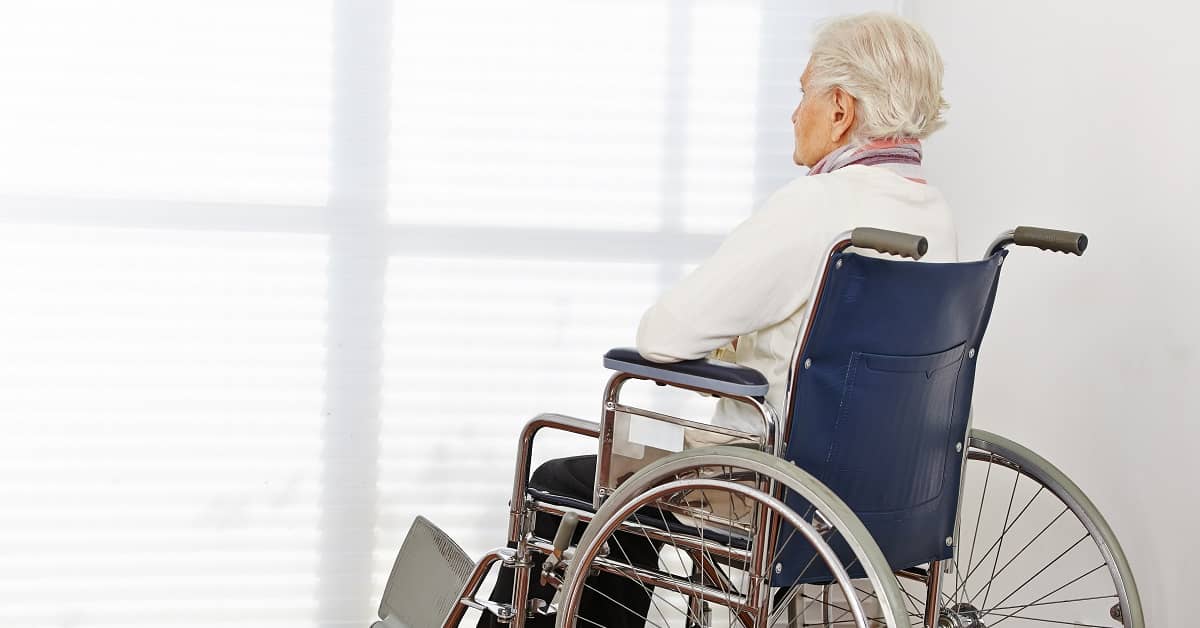
What Are the Symptoms of Erb’s Palsy?
During labor and delivery, medical professionals must use special care to avoid damaging the nerves in the baby’s neck and shoulders. One potential outcome of a birth injury in this area is Erb’s palsy.
Erb’s palsy occurs as a result of damage to the brachial plexus, a network of nerves that extends out on either side from the lower cervical and upper thoracic spine. People with Erb’s palsy may suffer significant impairment and loss of sensation in the arm controlled by the brachial plexus nerves on the side of the body where the injury occurs.
The birth injury lawyers at Maggiano, DiGirolamo & Lizzi can help if your child suffered trauma due to the negligence of a medical provider. Contact us today for a free case review.
How Can I Tell If My Baby Has Erb’s Palsy?
Those with Erb’s palsy have weakness and loss of motion in the affected arm. Movement of the arm and shoulder may be difficult if not impossible. Because the upper nerves of the brachial plexus are affected, however, movement and sensation may be retained in the hand and fingers.
Babies with Erb’s palsy typically have weakness in one arm, loss of feeling in the arm, and total or partial paralysis of the arm. Parents and doctors can notice these symptoms when:
- The newborn is not moving the upper or lower arm or hand
- The baby strongly favors one arm or hand over the other
- The Moro reflex is absent on one side
- The infant’s arm is bent at the elbow and held against his or her body while the hand and fingers are flexed outward (known as the “waiter’s tip”)
- The newborn has decreased grip on one side
Some children with Erb’s palsy also have one arm that is noticeably smaller than the other because nerves have an effect on overall growth. (This size difference can become more pronounced as the child grows because the affected arm continues to grow at a slower pace than the other.)
What Caused My Baby to Suffer Erb’s Palsy?
If your child exhibits the symptoms above, you and your family may have a medical malpractice claim against one or more doctors and other professionals involved in the birth of your baby. As with other types of birth injury, Erb’s palsy typically arises due to medical errors committed in the delivery room.
One of the most common causes of Erb’s palsy is mismanagement of shoulder dystocia. Shoulder dystocia occurs when the baby’s shoulder becomes pinned against the mother’s pubic bone during childbirth.
Medical professionals can alleviate shoulder dystocia with specialized birthing maneuvers. Unfortunately, these procedures are not always followed or performed promptly, resulting in harm to the baby’s brachial plexus.
The nerves in the brachial plexus can be injured during delivery when:
- The baby’s head and neck are pulled toward the side as the shoulders pass through the birth canal
- The infant’s shoulders are pulled during a head-first delivery
- Pressure is applied to the baby’s raised arms during a feet-first delivery (also known as a breech delivery)
The risk of brachial plexus injuries increases when the newborn is larger than average and when the mother has a small pelvis. Prolonged labor and the use of instruments such as forceps or a vacuum extractor can also lead to injury of the brachial plexus resulting in Erb’s palsy.
How Is Erb’s Palsy Diagnosed?
If a newborn shows signs of Erb’s palsy, a doctor should examine the collarbone for a fracture and get an X-ray if necessary. Although the signs of Erb’s palsy may be apparent at birth, the extent of the damage to the brachial plexus nerves may not be diagnosed until your baby is older.
Diagnosing Erb’s palsy begins with a physical examination. Additional tests will likely include an electromyogram (EMG) to see how the muscles react to signals from the nerves, a nerve conduction study to assess nerve damage, and an MRI or CT scan to evaluate surrounding structures.
What Is the Outlook for Children with Erb’s Palsy?
Mild cases of Erb’s palsy can often be resolved by gentle massages of the arm and range-of-motion exercises. For more severe cases, surgery may be considered by the time the baby is a few months old.
The most serious cases of Erb’s palsy involve avulsion of brachial plexus nerves. Avulsion occurs when the nerve root is torn away from the spinal cord. Complex procedures such as a nerve graft or nerve transfer may partially improve mobility and sensation in your child’s arm and shoulder, but oftentimes the damage results in permanent loss of function.
Contact a Birth Injury Lawyer Today
Erb’s palsy can lead to a lifetime of challenges. Your child may require extensive treatment and ongoing therapy, both of which can result in significant medical expenses. Later in life, the symptoms of Erb’s palsy might make it difficult to find suitable employment and engage in other activities.
If your child suffered injury due to medical negligence, you and your family should not have to face these burdens alone. The Attorneys at Maggiano, DiGirolamo & Lizzi can help you pursue the compensation you deserve for your current and future losses.
Please call Maggiano, DiGirolamo & Lizzi at (201) 585-9111 today for a free consultation. Our lawyers handle claims involving Erb’s palsy and other birth injuries throughout New Jersey and New York.

















